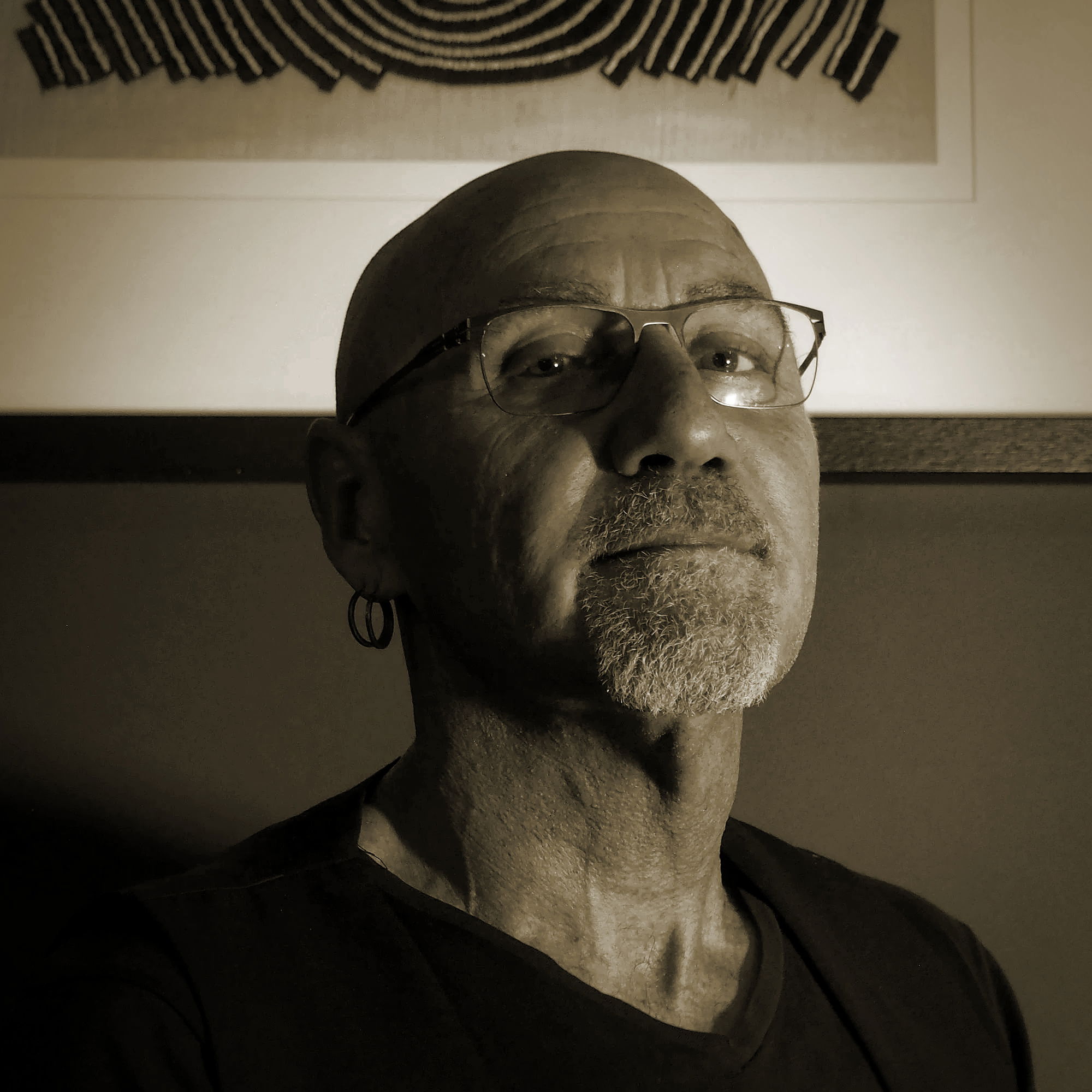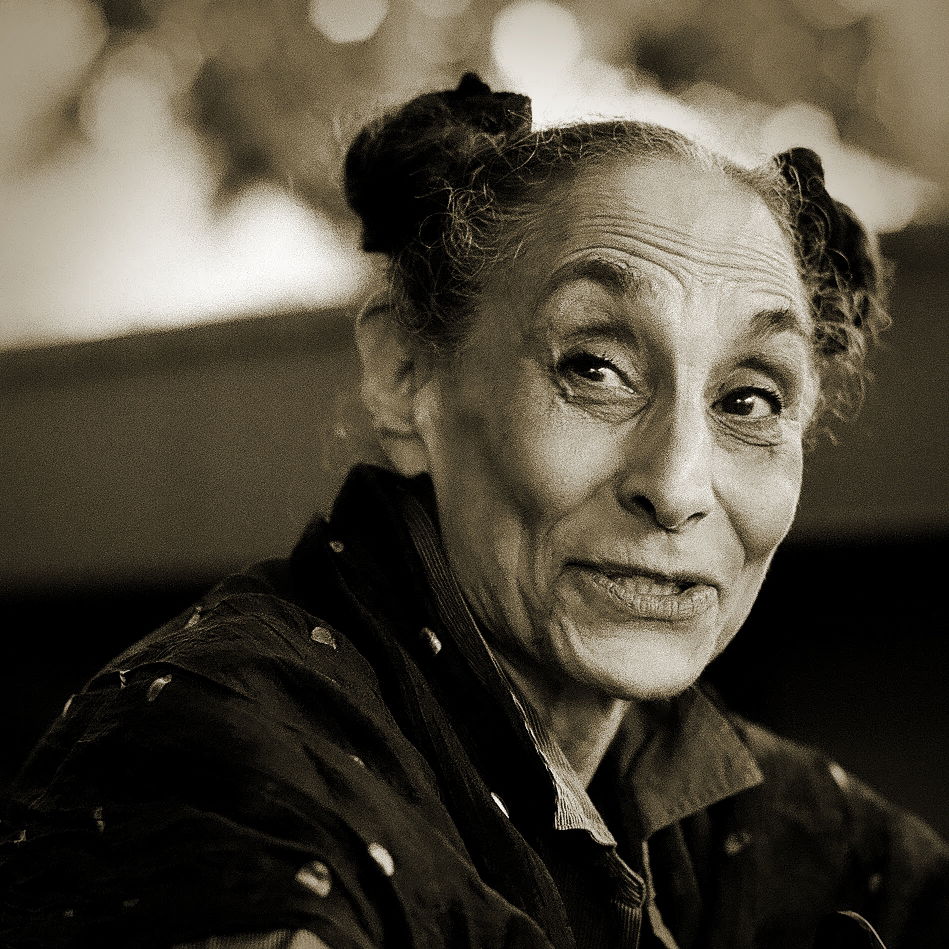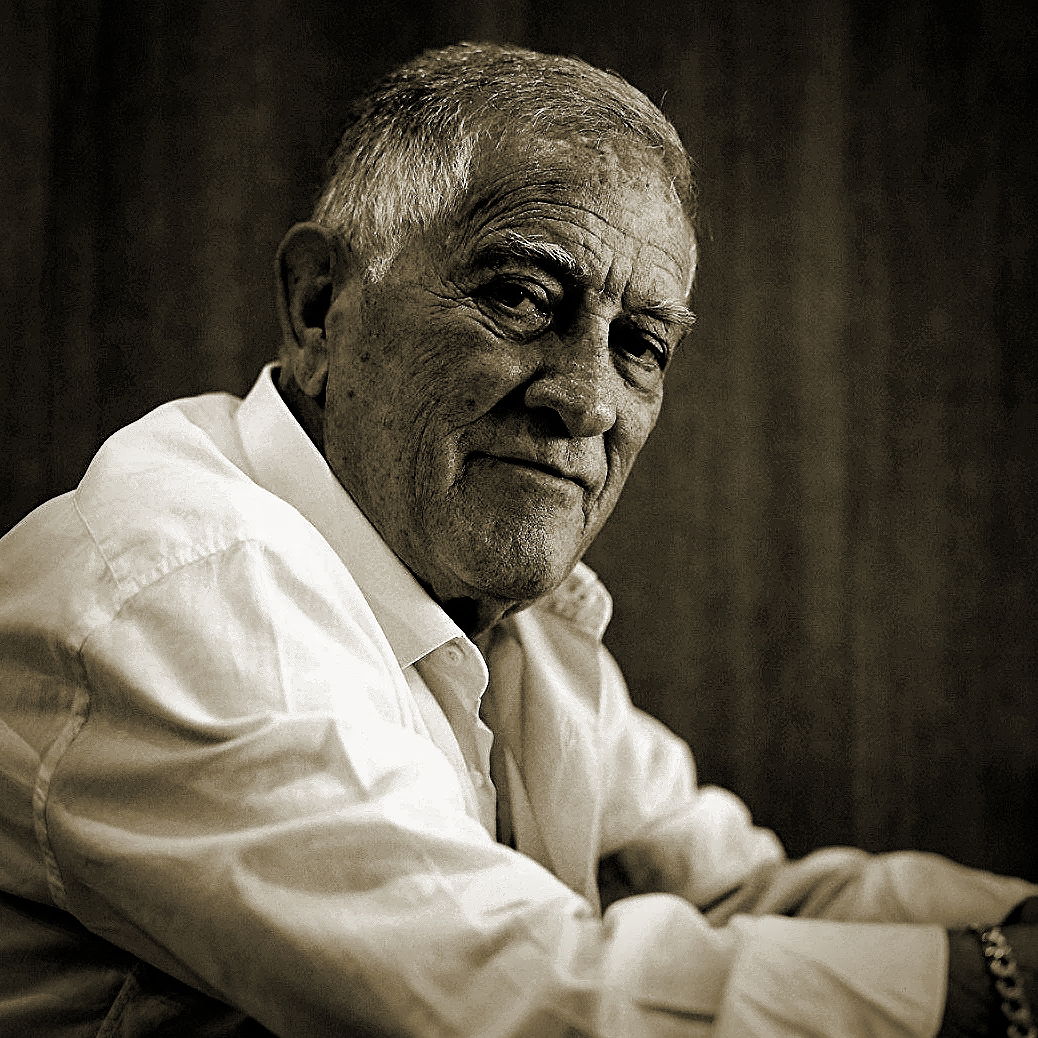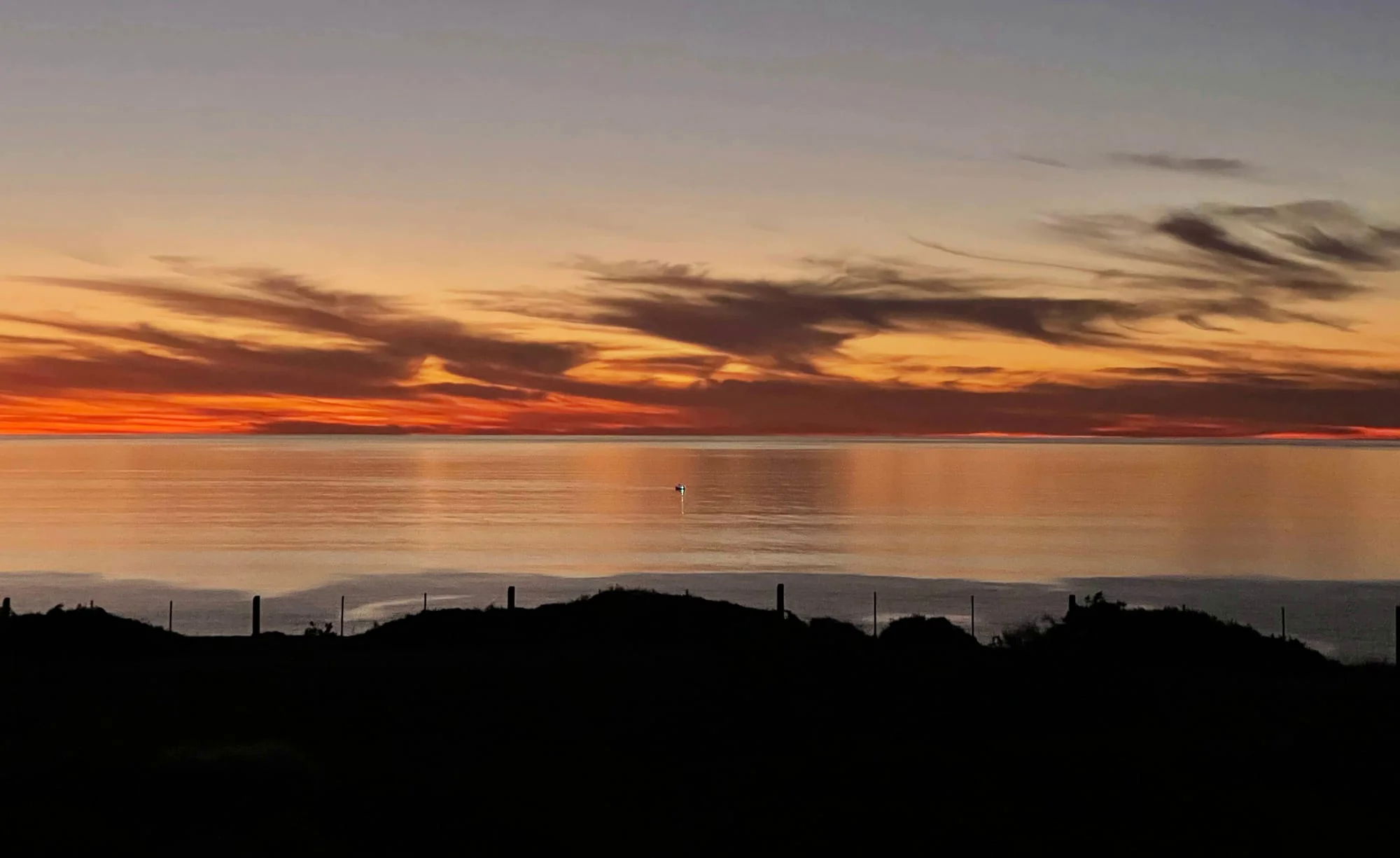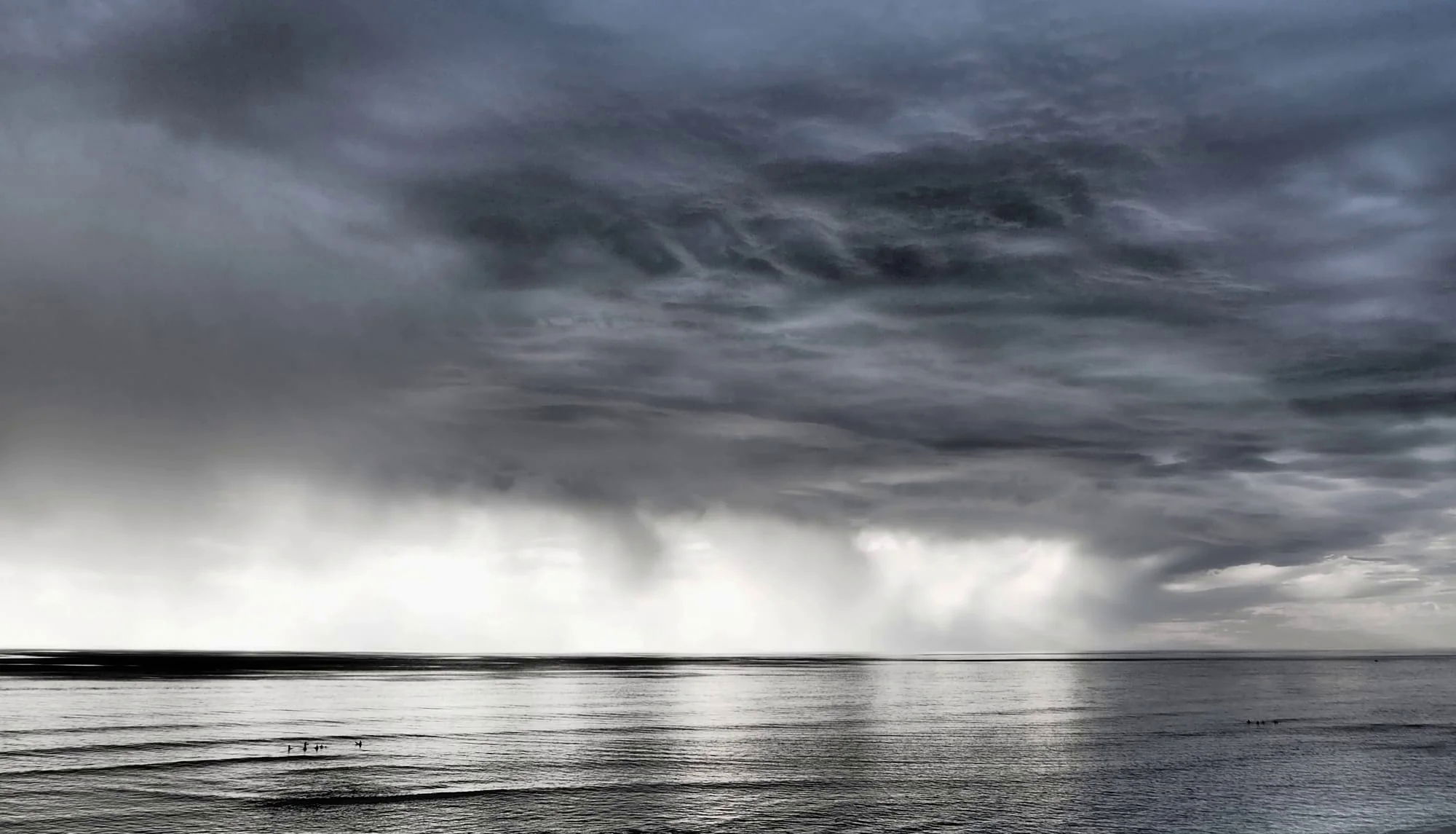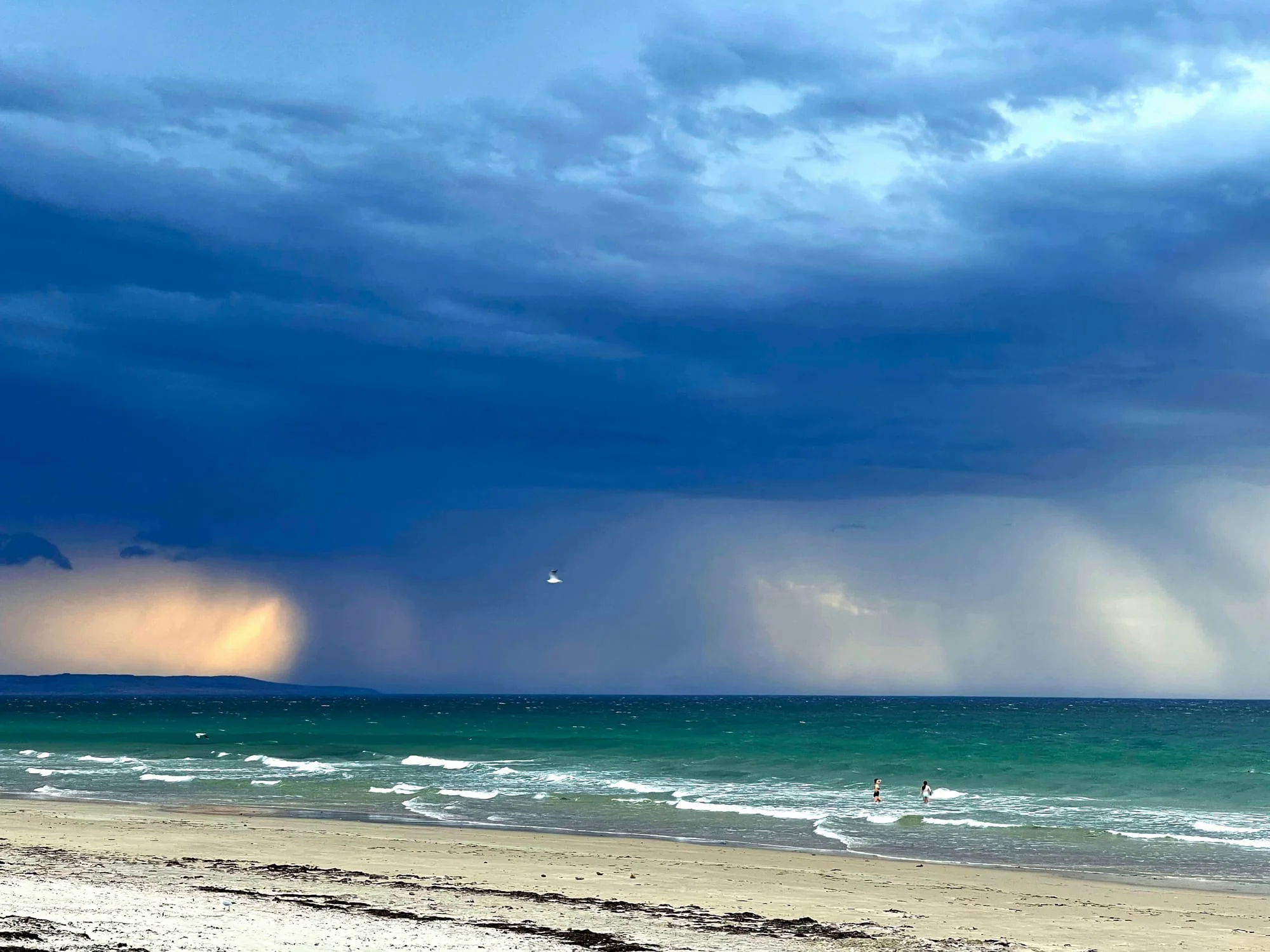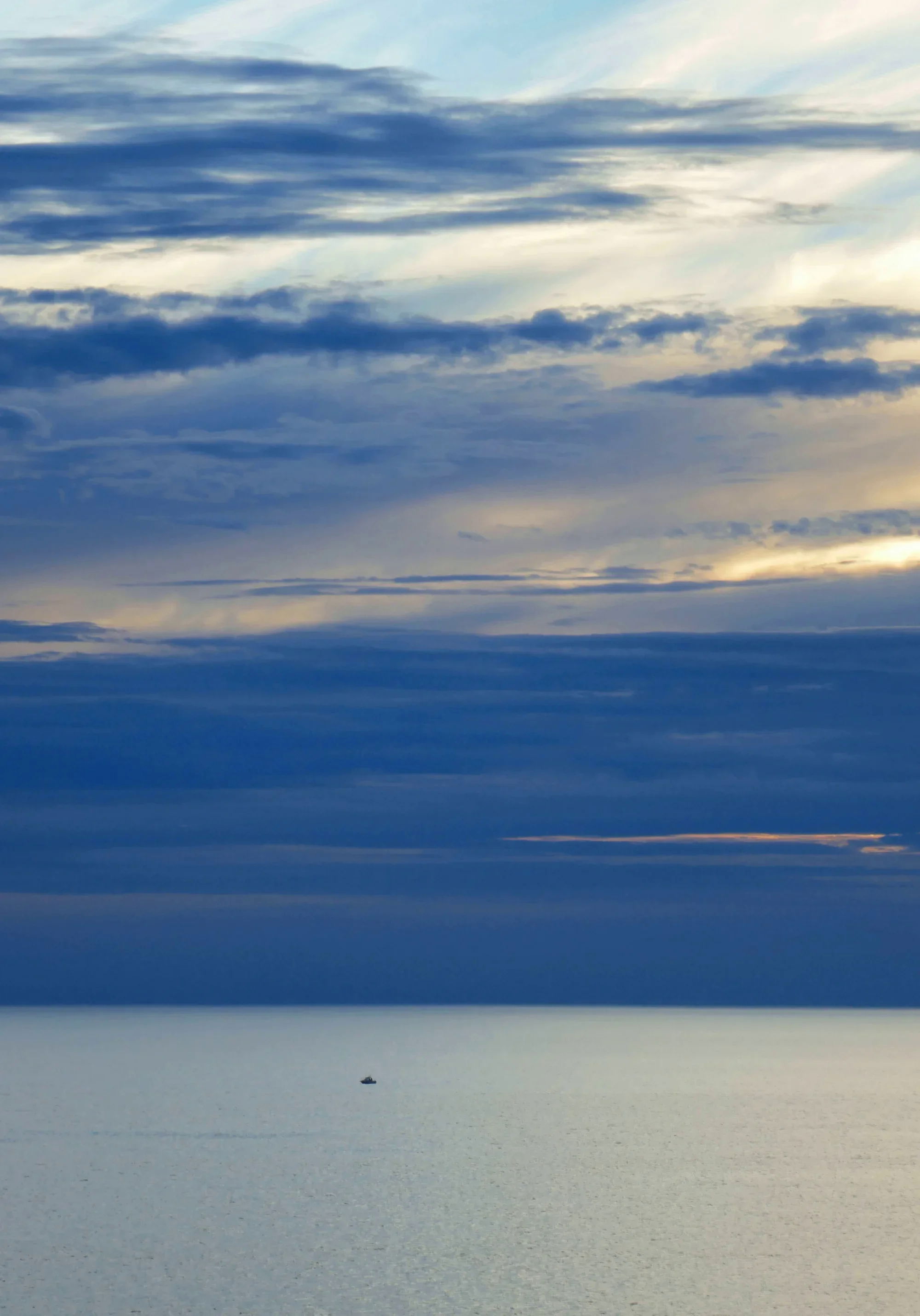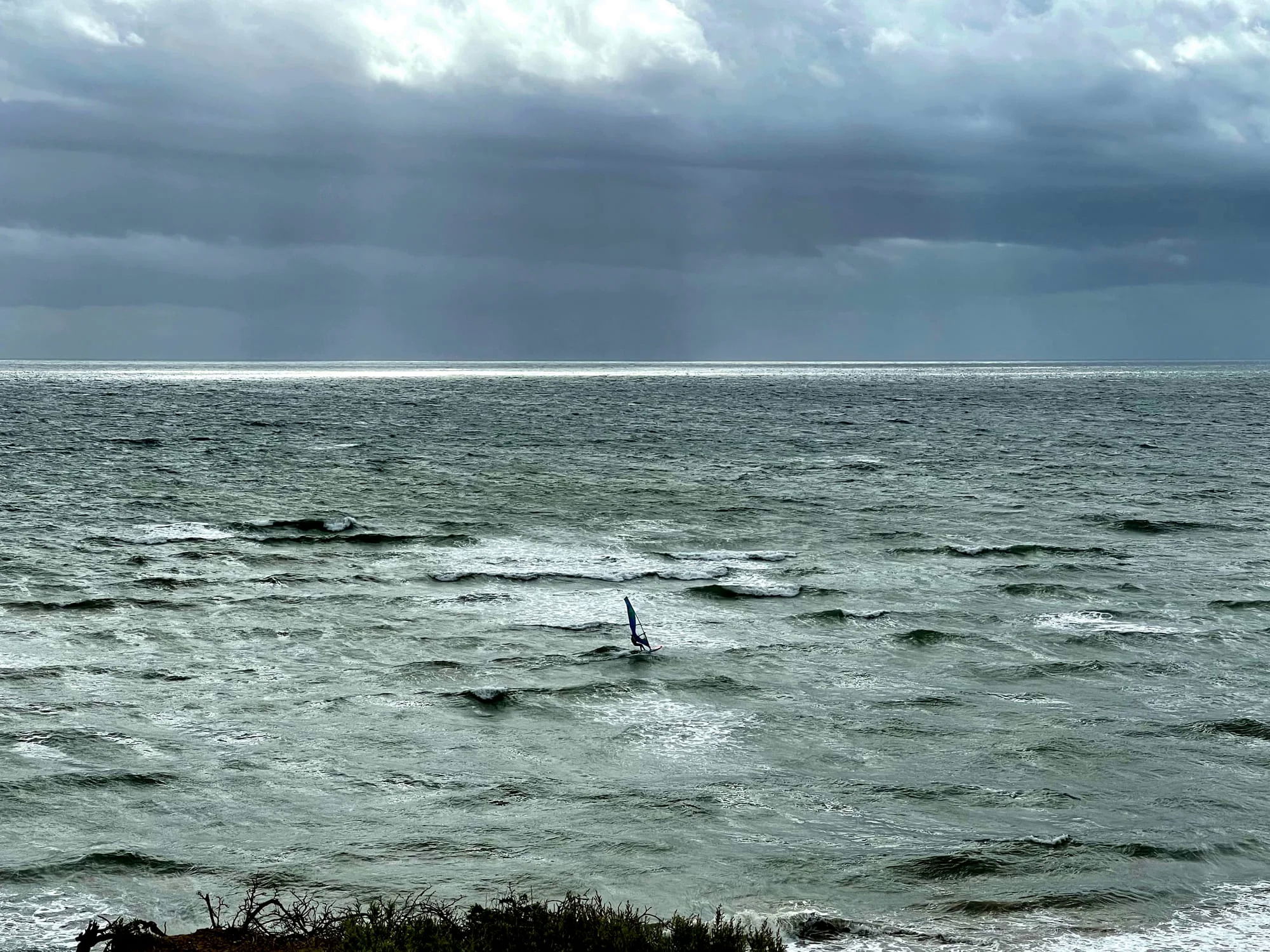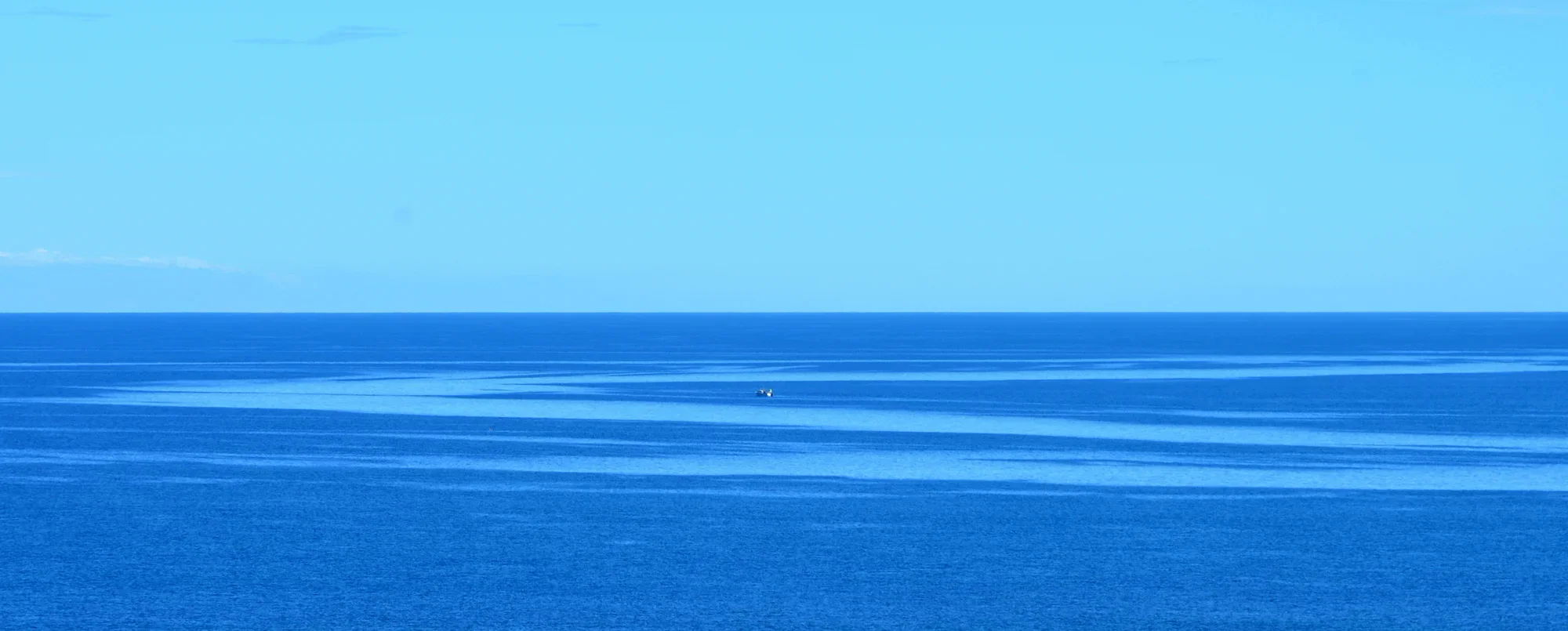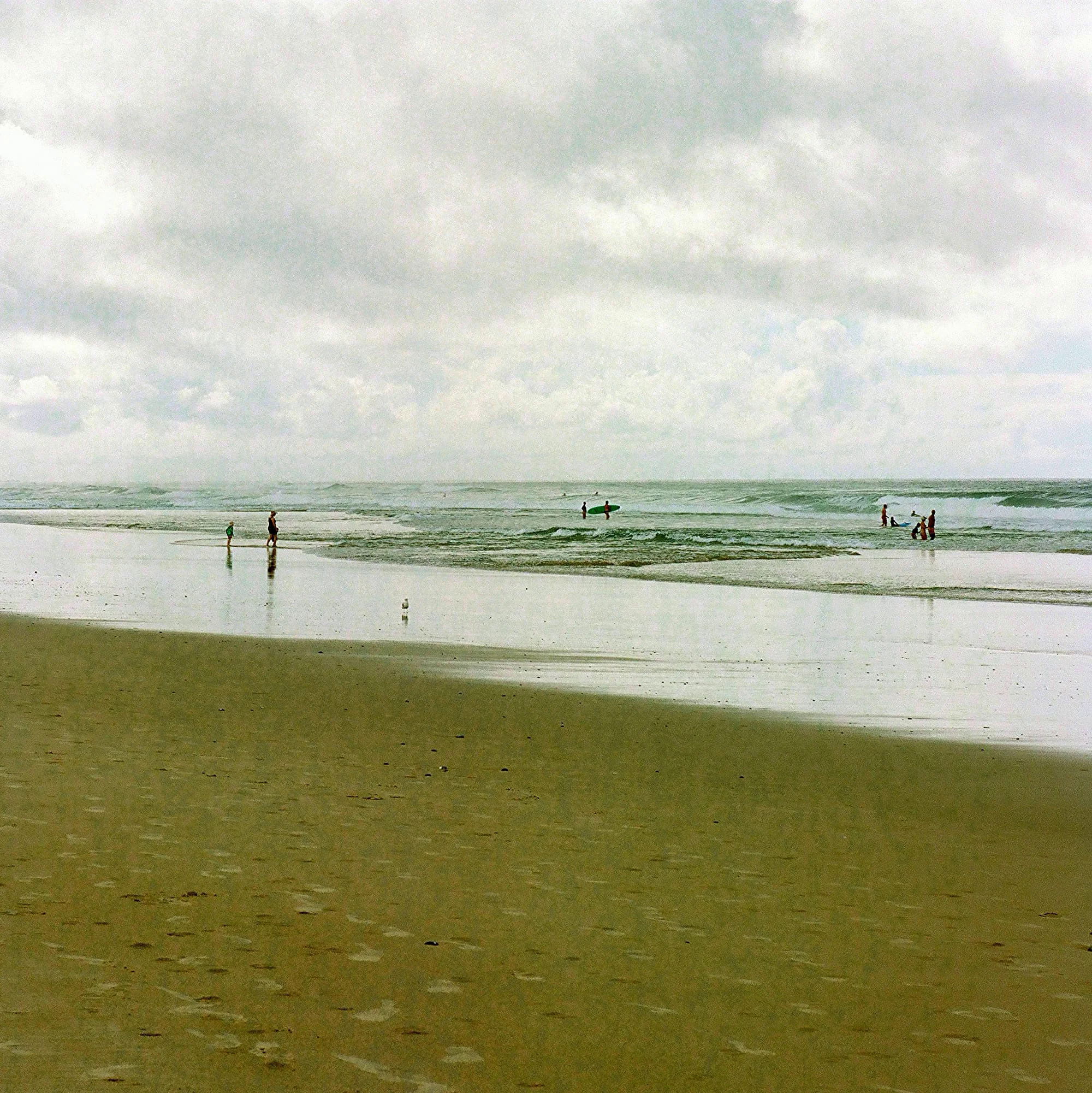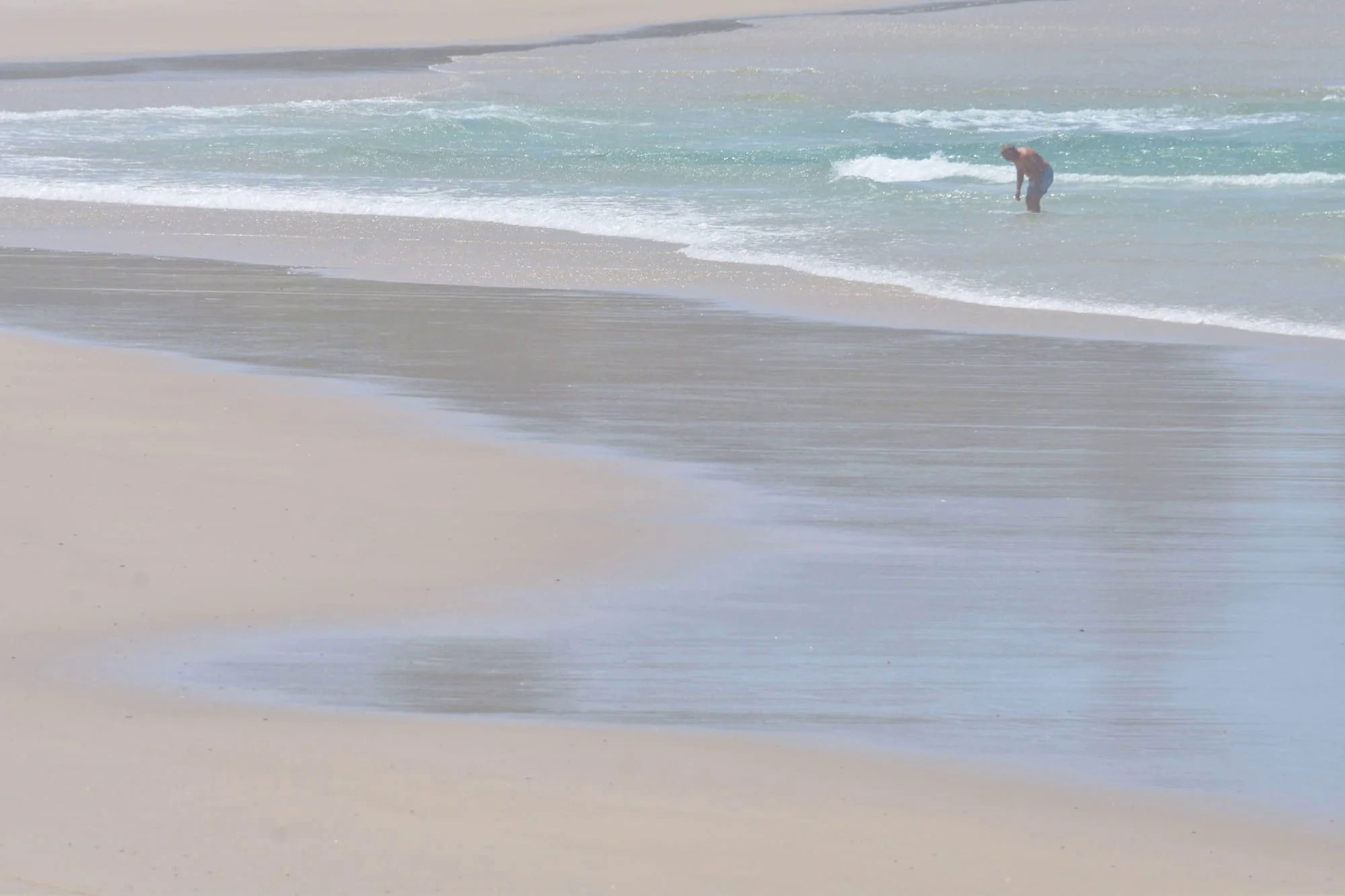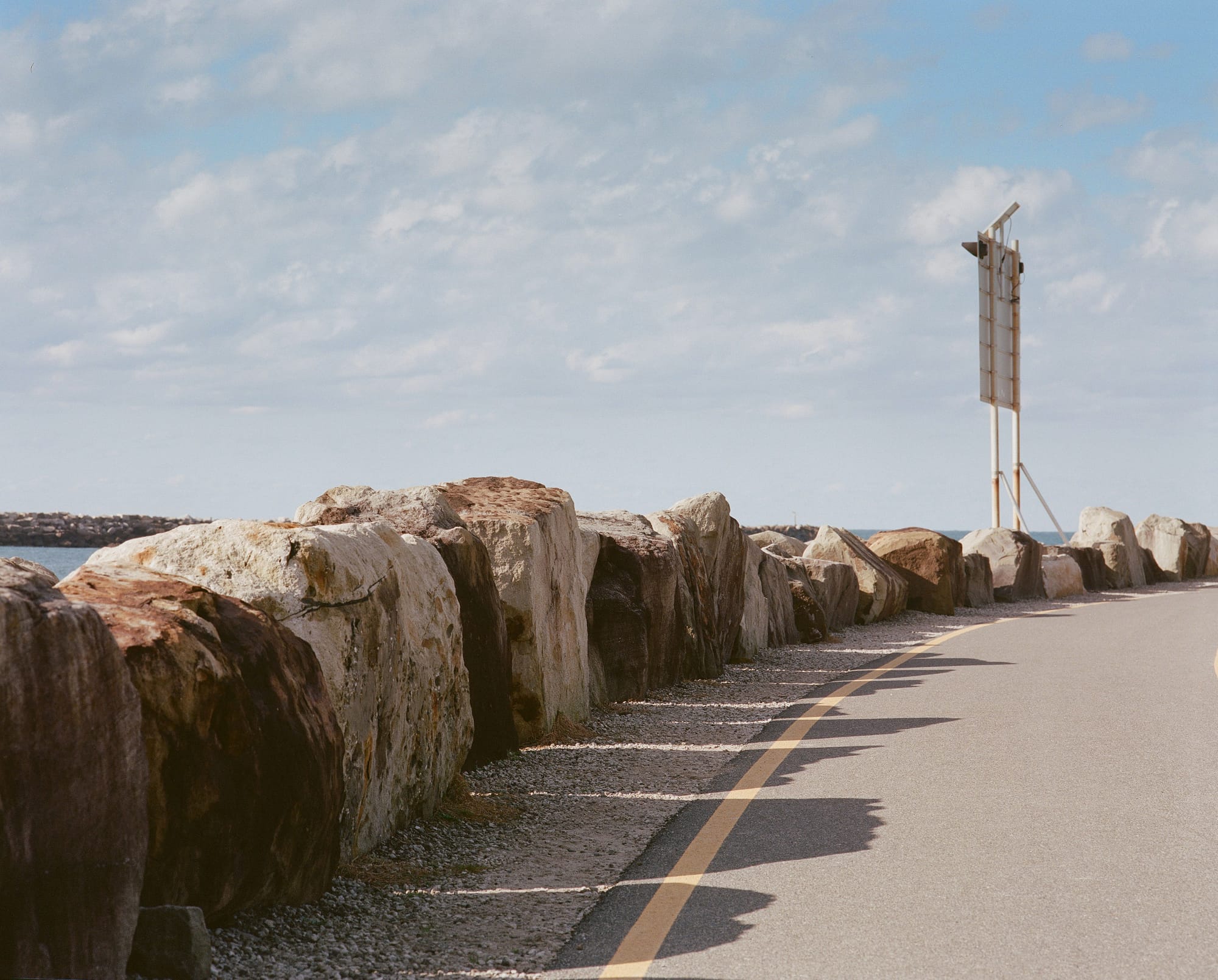BRIEFLY
Photography: Creative since 1974
Focus: Ephemeral light and Stygian darkness
Gear: Leica, Hasselblad, Nikon, Olympus, Mamiya
Format: Digital, Film and Transparency - 35mm, 120 roll
Experience: Arctic, Himalaya, Kimberley, Alps, Desert, Ocean
Outputs: Magazines, Books, Portraits, Audio Visual Presentations
My Philosophy: "Shoot what is. As it is. It can speak for itself."
My Inspiration:
Henry David Thoreau: "It's not what you look at, it's what you see"
Alfred Stieglitz: “Photography becomes more real than reality”
Jean-Luc Godard: “Photography is truth”
50th ANNIVERSARY
Fifty years ago I bought my first professional camera, a black-bodied Olympus OM1 MD with 50mm f1.4 lens. Launched in 1972, its virtues were extolled by famed British portrait photographers Lord Lichfield and Lord Snowdon. The OM1 was the most revolutionary 35mm camera of its day, used by movie greats, rock stars and professional journalists alike. Which is why the salesman told me I'd be mad not to buy one.
My OM 1 travelled with me on some 15 expeditions, shooting mostly Kodak Ektachrome, and never failed once. Since then I have owned many cameras, although have no idea which particular camera was used to capture any image in my portfolio. I just grabbed any camera on the day to capture that fleeting image.
Typically I shoot portraits on medium format film (1974 Mamiya RB67 Pro S), landscapes on 35mm transparency film (1973 Nikon FM2n) and for commercial work, an iconic full frame digital (2008 Nikon D700). My daily 'carry', shooting 120 film, is a 1968 Mamiya C220 Professional Twin Lens Reflex with a 135 lens.
I currently have several art projects in hand which may need another 30 years to finish..
My OM 1 travelled with me on some 15 expeditions, shooting mostly Kodak Ektachrome, and never failed once. Since then I have owned many cameras, although have no idea which particular camera was used to capture any image in my portfolio. I just grabbed any camera on the day to capture that fleeting image.
Typically I shoot portraits on medium format film (1974 Mamiya RB67 Pro S), landscapes on 35mm transparency film (1973 Nikon FM2n) and for commercial work, an iconic full frame digital (2008 Nikon D700). My daily 'carry', shooting 120 film, is a 1968 Mamiya C220 Professional Twin Lens Reflex with a 135 lens.
I currently have several art projects in hand which may need another 30 years to finish..
CURRENT
My major ongoing project, titled 'Between Heaven and Earth', explores the disproportionate relationship between physical size and global impact. And, in particular, how tiny humans can wreak such potentially world-ending havoc on earth - a profound imbalance that has never been adequately explained. I examine this tension visually to understand its fundamental improbability, and possibly discover a viable reframing.





